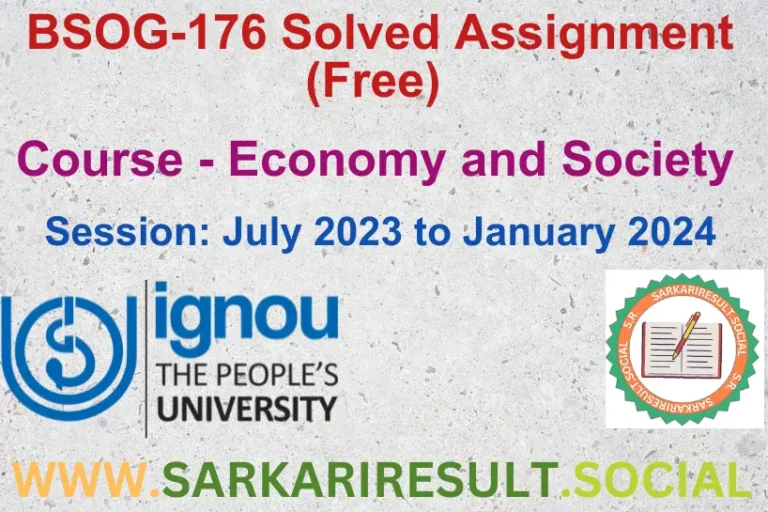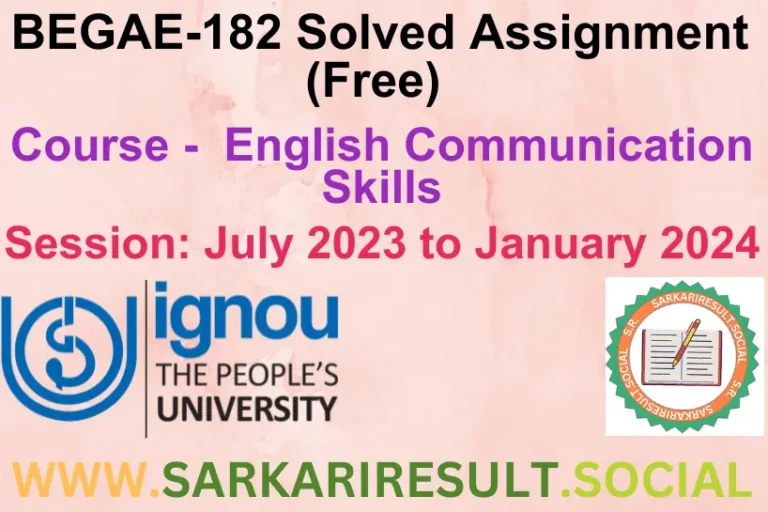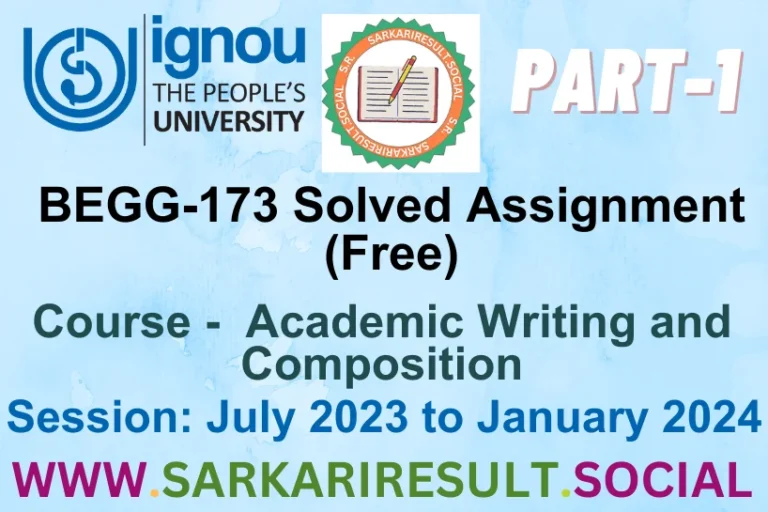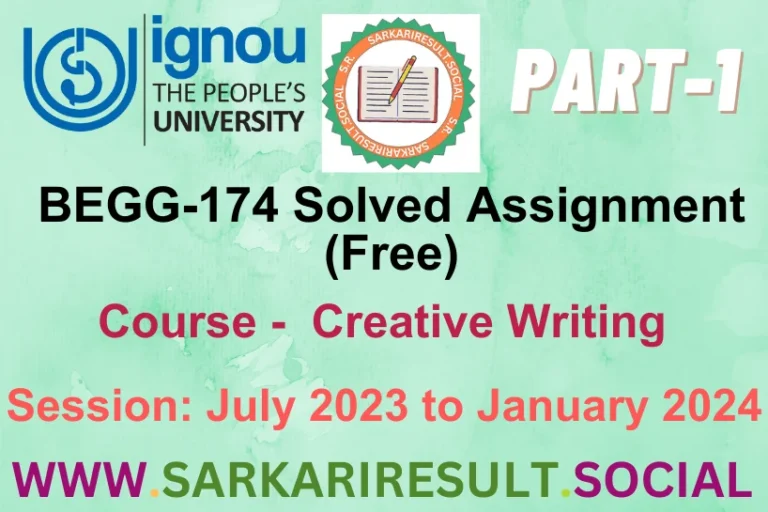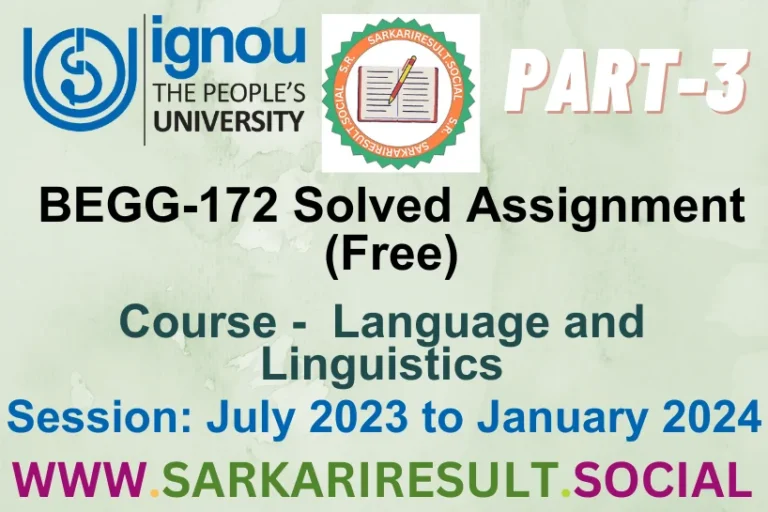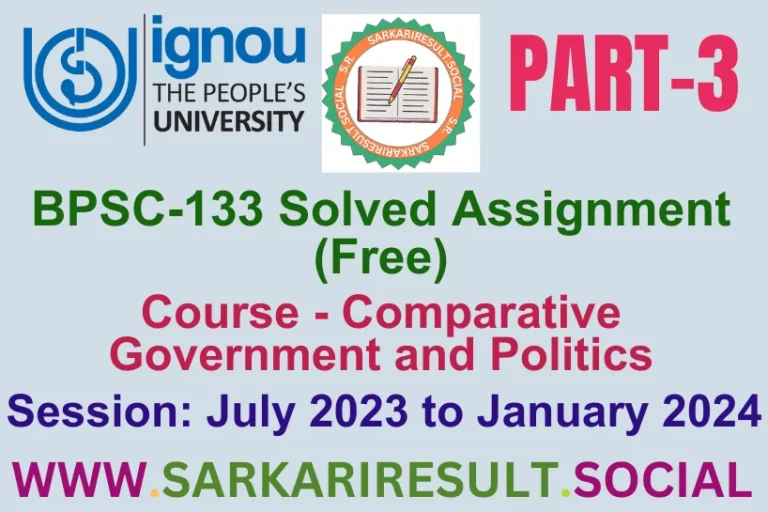BHIC 133 IGNOU Solved Assignment 2023-24 (free) Part -3
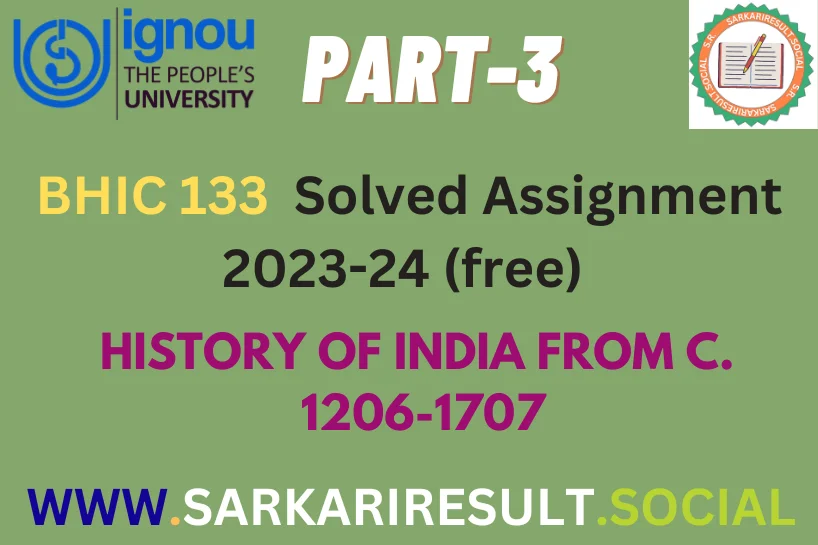
BHIC 133 IGNOU Solved Assignment 2023-24 (free) Part -3
Enrich your historical understanding through BHIC 133 IGNOU Solved Assignment 2023-24 (free) Part -3, encompassing five succinct questions, each calling for a concise 100-word response. Our detailed solutions, maintaining formal standards, delve into diverse historical facets within specified word constraints. Expand your grasp of historical narratives, meet the criteria with precision, and excel in your academic pursuits. Access BHIC-133 IGNOU Assignment 3 solutions to deepen your appreciation for various historical perspectives and elevate your scholarly acumen.

6. Alauddin Khilji’s market control measures
Ans. Alauddin Khalji, the Sultan of Delhi (1296-1316), implemented market control measures known as the “Market Reforms” or “Diwan-i-Riyasat.” His policies aimed to regulate prices and stabilize the economy:
1. Price Control: Fixed prices were established for various commodities, controlling inflation and ensuring fair prices for essential goods.
Also Read This: BHIC 133 IGNOU Solved Assignment 2023-24 (free) Part -1
2. Market Monitoring: Officials monitored markets to prevent hoarding, black marketing, and price manipulation by merchants.
3. Market Taxation: A taxation system, known as the “Khalisa” or royal land revenue, was introduced, imposing taxes on markets to generate state revenue.
Alauddin Khilji’s market control measures sought to provide economic stability, especially in times of scarcity or crisis, though their enforcement and effectiveness faced historical debate and scrutiny.
Also Read This: BHIC 133 IGNOU Solved Assignment 2023-24 (free) Part -2
7. Bairam Khan’s Regency
Ans. Bairam Khan, a prominent noble and regent during the Mughal Empire’s early years, served as the regent to the young emperor Akbar after Humayun’s death. As regent, Bairam Khan wielded significant power and authority, effectively governing the empire.
He played a pivotal role in stabilizing the empire, consolidating Mughal rule, and implementing administrative reforms. Bairam Khan’s tenure saw military victories and diplomatic successes, laying the foundation for Akbar’s later achievements.
Also Read This: BHIC 131 IGNOU Solved Assignment 2023-24 (free) Part -1
However, his authority was challenged, leading to his eventual dismissal, marking a significant political transition in Mughal history.
8. English East India Company
Ans. The English East India Company, formed in 1600, was a British trading company granted a royal charter by Queen Elizabeth I. Initially established for trade with East Asia, it expanded its operations in India, becoming a significant force in Indian trade.
Over time, it gained territorial control, establishing forts and trading posts. The company’s increasing influence led to political power, marking the onset of British colonial rule in India.
Also Read This: BHIC 131 IGNOU Solved Assignment 2023-24 (free) Part -2
It transformed from a trading entity into a governing body, ultimately playing a pivotal role in shaping India’s political, economic, and social landscape before its dissolution in 1874.
9. Military Technology
Ans. Military technology encompasses advancements in weaponry, strategies, and equipment used in warfare. Evolving throughout history, it includes innovations like firearms, artillery, armored vehicles, and aircraft.
Also Read This: BHIC 131 IGNOU Solved Assignment 2023-24 (free) Part -3
From ancient times to modern warfare, developments in military technology have revolutionized combat tactics, enhancing offensive and defensive capabilities. Advancements such as gunpowder, cannons, tanks, aircraft, drones, and digital warfare systems continue to shape the nature of conflicts, providing nations with strategic advantages, while simultaneously posing ethical and humanitarian challenges in contemporary warfare.
10. Quranic Calligraphy
Ans. Quranic calligraphy refers to the artistic practice of writing and transcribing verses from the Quran, the holy book of Islam, in a decorative and stylized manner. Arabic script is meticulously rendered by skilled calligraphers to emphasize the sacred nature of the text.
Also Read This: Check BGDG 172 IGNOU solved assignment 2023-24 (Free)
Various intricate styles like Naskh, Thuluth, and Diwani are employed, combining fluidity, symmetry, and embellishments. Quranic calligraphy holds deep cultural and spiritual significance, representing devotion, beauty, and reverence for the Quranic verses.
Also Read This: Check top Begae 182 IGNOU solved assignment 2023-24 (Free)
It’s not just an art form but a manifestation of Islamic heritage, admired for its aesthetic appeal and esteemed as a reflection of divine wisdom and guidance.

